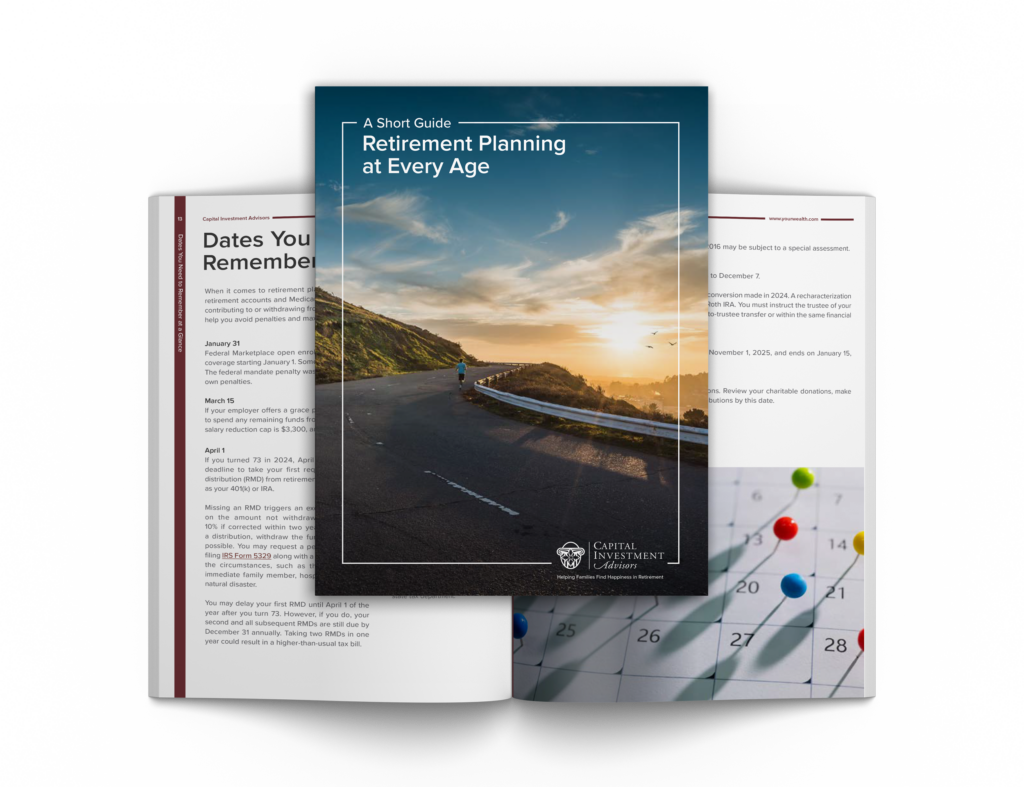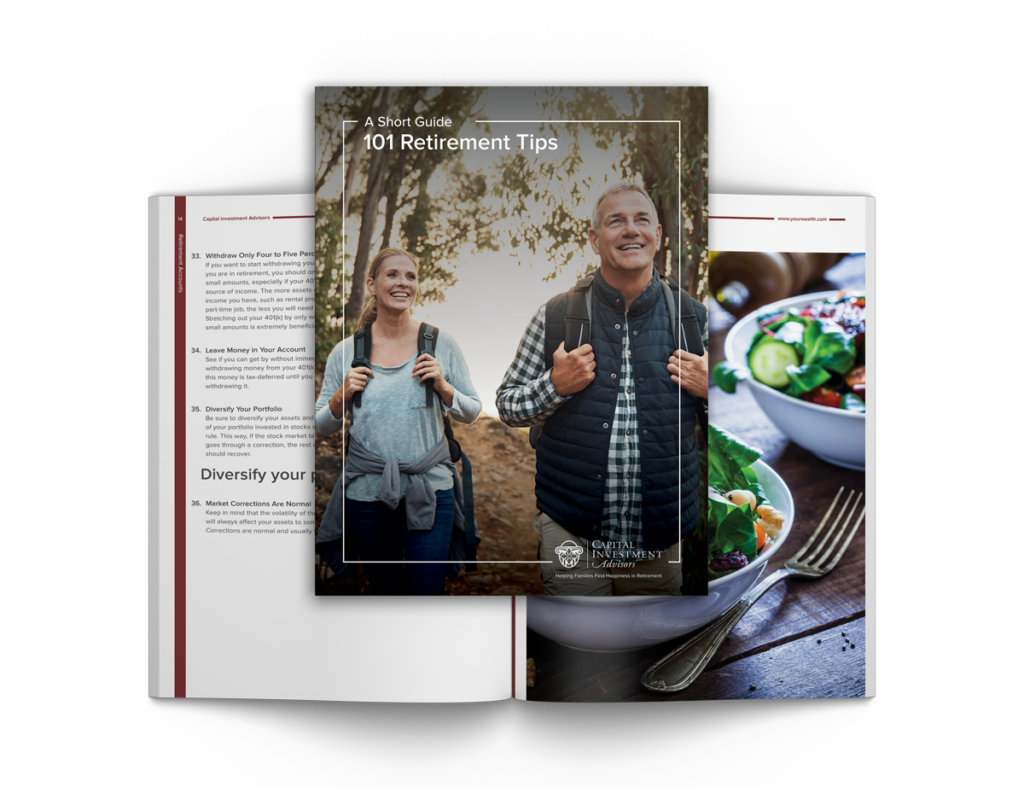The past two years have led to so much rescheduling that even my postponements have postponements. I call them COVID COVID trips because COVID forced us to reschedule them twice.
I’m certainly not the only one trying to make up for lost time. Miami Beach recently had to declare a state of emergency due to oversized Spring Break crowds. People want to go go go.
If you’ve been to the airport recently you know it’s an absolute zoo, and the TSA screening numbers bear that out. The TSA reported that March 20th, 2022 saw 2,366,751 travelers passing through its U.S. checkpoints. If you look back at March 27th, 2020, nearly two years prior, the number was closer to one hundred and eighty-four thousand people. Twelve times as many folks are on the move today.
If you regularly read my work, you know I love statistics. Once I start, I can’t stop. Further research revealed how bad things got at their lowest point during COVID. Turns out, the travel nadir occurred in April of 2021 when TSA screenings were under one hundred thousand. Imagine fewer than one hundred thousand people in the entire United States, traveling by air, due to the pandemic. Today, we’re more than twenty times higher than that. In fact, as of March 20th, 2022 we’re 93% to 94% of the way back to normal.
But airplanes aren’t the only viable method of transportation. What about the good old family truck or car? The nation’s VMT, or Vehicle Miles Traveled, is measured by the Bureau of Transportation Statistics which means we can track how much people are driving. As of the end of last year, VMT has now exceeded that of 2019. So, we as a country are driving even more than we did before the pandemic. We’re driving about two hundred and seventy-eight billion miles per month. That’s far enough to fly around the world eleven million times or take five hundred and eighty-one thousand round trips to the moon. All of this driving is even though used car prices are now up 40% due to inflation.
However, there’s also a deeper level of importance to traveling that is worth discussing because of its unique contribution to retirement happiness. Travel is healthy. Taking vacations breaks up the monotony of our everyday routine, enhances life experiences and understanding of other cultures, and creates opportunities for bonding with loved ones.
With the shutdowns now in the rearview mirror, hopefully, for good, I thought it was the right time to weigh the worst and best parts of travel to see whether or not it’s worth it to get back out there amongst the masses.
Let’s start with the worst.
I’m a human being. I get scared every time there’s a plane crash just like you do. We see the images of the wreckage and think “Wait a minute. I’m getting on a flight later this week.” It’s jarring, but just as with difficult periods in the stock market, I always go back to the data to give myself some context and comfort. Looking at a situation analytically can help ease the fear so we can figure out the best and most productive path.
Objectively, there are about forty-two thousand commercial flights per day in the U.S. That’s sixteen million flights per year. Going back to look at the numbers, starting after September 11th, 2001, you can look at commercial flights with fifty plus people to see the crash statistics. In November of 2001, an American Airlines flight went down in New York. I remember vividly. Two hundred and sixty-five people died. There were crashes in 2006 and 2009. Both of these resulted in about fifty casualties each. In 2013 an Asiana flight crashed in San Francisco but most of the people survived.
So, going back over the last twenty years, we’ve had three catastrophic crashes in the United States in the course of roughly three hundred and twenty million flights. I can handle those odds but before you make your decision, let’s look at the risk involved in some other activities you may or may not consider dangerous.
The chances of dying while canoeing are one in ten thousand. Canoeing! I thought this was a typo until l remembered it almost happened to me as a kid. My father and I went canoeing after a hurricane and our creek had turned into a class four rapid. We ended up hitting a tree, the inflatable canoe exploded, and we were pulled downstream about five hundred yards. Life outside the city can be dangerous at times.
Speaking of rural areas, living on a farm has its own risk. Twenty people per year die from the kick of a horse. The same number applies to cows. But don’t think you’re safe just because you live in a fancy city. Twenty-four people per year die from champagne corks. Yes, you read that right. I don’t typically use emojis, but if I did this would be the perfect place for the one with the flabbergasted expression.
Think it’s safe at your office? Not so fast. The chances of dying from a vending machine falling on you is one in one hundred and twelve million. Adventurous? Bungee jumping carries a one in five hundred chance of death. I think you’re asking for it with that one. What about a good old-fashioned shark bite? One in one million chance. Like riding a bicycle? That puts you at a one in one hundred and forty thousand chance of shuffling off this mortal coil.
Wow. Is it safe to get off the couch or should I Netflix and chill with the front door bolted?
To answer this, we need to discuss the best parts of travel, specifically, how it relates back to a happy retirement. If you read my latest book, “What the Happiest Retirees Know: 10 Habits for a Healthy, Secure, and Joyful Life” know that the happiest retirees on the block (HROBs) vs. the unhappiest retirees on the block (UROBs), statistically, take more vacations on average per year. HROBs come in at 2.4 vacations whereas UROBs fall to 1.4. More travel is better if you want to be a happy retiree.
Let’s take this one step further. More travel and more vacations aren’t just better, they are an HROB multiplier. There’s something magical about a group excursion, and I don’t care if it’s one friend, two friends, five friends, or more. It’s an irreplaceable happiness multiplier in retirement. If you’re like me, the story of your friendships probably includes a trip or two. Some of them are awful trips and some are amazing. Either way, they become fond memories.
What’s more, there doesn’t seem to be any plateau effect. Retirees who take at least one group trip per year are two and a half times more likely to be in the happy group. Take two trips per year and you’re four times more likely to end up in the happy group. Four trips and you’re six times as likely.
People might be thinking “I’d love to take these 2.4 vacations per year vs 1.4, Wes, but it’s so expensive.” I hear you. It’s not easy, but there are certain things that we can choose to spend our money on that have an impact. Traveling is one of them. The positive effects are worth so much more than the cost of the plane ticket or the fuel at the gas station.
My research is primarily for people sixty years and older but I’m confident it applies to folks in their fifties, forties, and thirties as well. When it comes to moving the meter to a higher quality of life, traveling with family and friends gives us a really big bang for our buck.
So, give yourself permission. The best outweighs the worst. Go plan a trip, and then make sure to let me know how it goes. Call my hotline at 800-805-6301 and leave a voicemail. You might even be featured on an upcoming episode of my Retire Sooner podcast.
This article originally appears here.
This information is provided to you as a resource for informational purposes only and is not to be viewed as investment advice or recommendations. Investing involves risk, including the possible loss of principal. There is no guarantee offered that investment return, yield, or performance will be achieved. There will be periods of performance fluctuations, including periods of negative returns and periods where dividends will not be paid. Past performance is not indicative of future results when considering any investment vehicle. This information is being presented without consideration of the investment objectives, risk tolerance, or financial circumstances of any specific investor and might not be suitable for all investors. There are many aspects and criteria that must be examined and considered before investing. Investment decisions should not be made solely based on information contained in this article. This information is not intended to, and should not, form a primary basis for any investment decision that you may make. Always consult your own legal, tax, or investment advisor before making any investment/tax/estate/financial planning considerations or decisions. The information contained in the article is strictly an opinion and it is not known whether the strategies will be successful. The views and opinions expressed are for educational purposes only as of the date of production/writing and may change without notice at any time based on numerous factors, such as market or other conditions.











